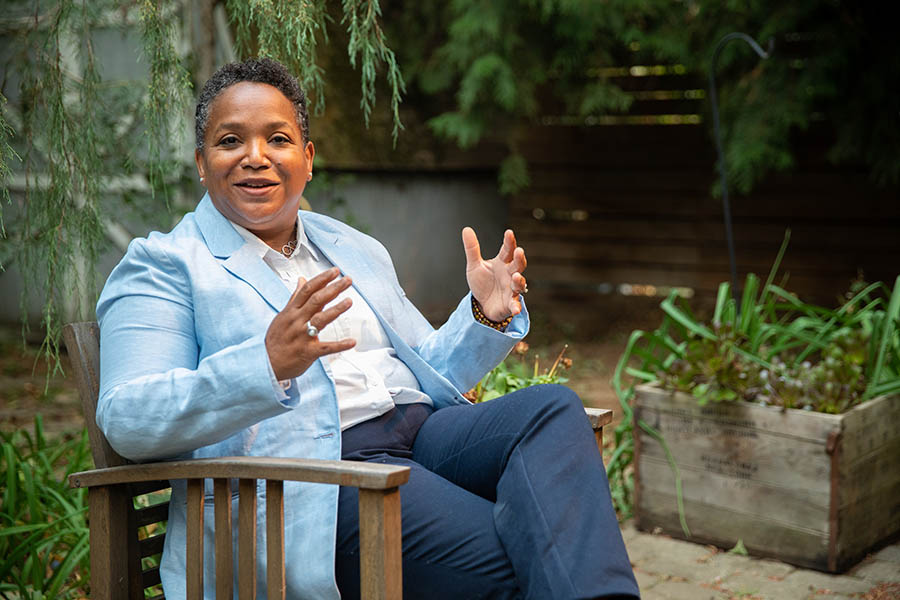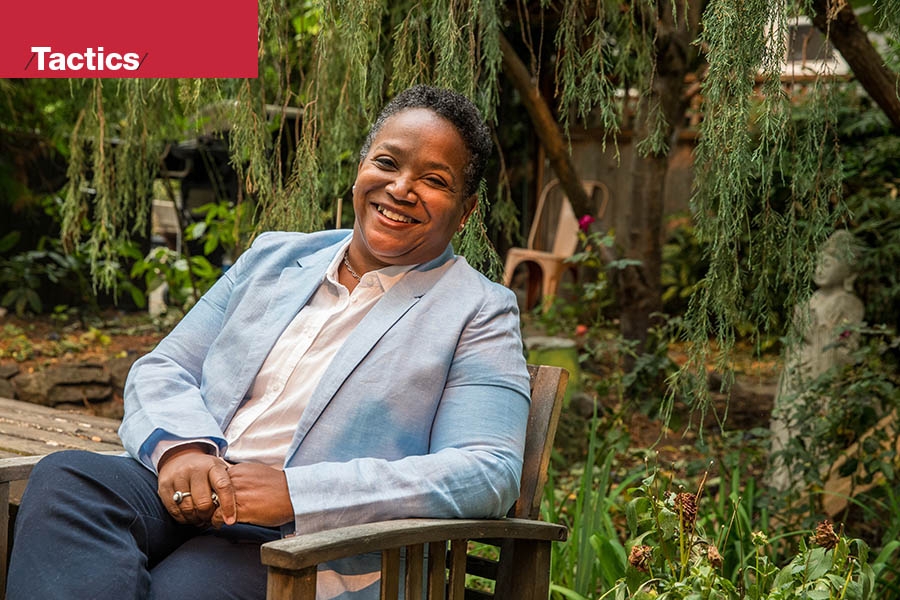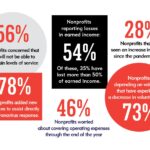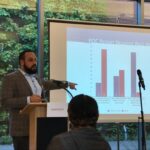Kendall Clawson, executive director of Grantmakers of Oregon and Southwest Washington, on how philanthropists have pooled resources to support nonprofits during the COVID-19.
The coronavirus pandemic has thrown up steep obstacles for nonprofits that have had their programs curtailed and revenues slashed. This comes at a time when demand for nonprofit services has soared.
Philanthropy plays a critical role in supporting charitable organizations at this time of need, but their funds are not always easily accessible.
Grantmakers of Oregon and Southwest Washington acts as a kind of go-between that connects philanthropy with charitable organizations. During the pandemic, it has tried to foster more collaboration between funders so that resources can be stretched more broadly.
Kendall Clawson, executive director of Grantmakers of Oregon and Southwest Washington, talks about how the pandemic has clarified the organization’s mission and encouraged philanthropists to pool funds.
This interview has been edited for length and clarity.
How has your organization’s role changed as a result of the coronavirus pandemic?
You never want to say coronavirus has been good for anything; it has been terrible. But for us it has had this great unifying effect; it has had fantastic clarifying effect on our work.
We have been a place where philanthropy has been able to gather with one another through our system to put their ideas and money together. When we found ourselves in this moment of crisis, [philanthropists were] impressive in terms of their willingness to gather money together.
What is the biggest need that nonprofits have experienced as a result of the pandemic?
When this first started, there was initially panic because a lot of our nonprofit partners are working really hard on very limited resources to provide incredible support to our communities. Many of our nonprofit partners are working directly with people in the community. Their ability to do what they do in a socially distanced way was pretty challenged.
We also heard about concern for families experiencing domestic violence. Those mandated reporters — in particular, those associated with schools and who may have been the only set of eyes on a family — there was concern we would not have the same capacity to identify issues related to child abuse and domestic violence.
How are rural nonprofits faring compared with nonprofits in more urban, metropolitan areas?
Because we are a statewide, regional entity, we were hearing from our members that nonprofits in rural areas were struggling because of lack of access to broadband. How can kids and adults function when everything is going to a virtual space and they don’t have access to software and hardware that allows you to communicate?
There is also an assumption that you have parents who have the capacity to leave their jobs to teach their children or have resources like a computer.
Just access to basic needs, like food — we saw a lot of that throughout the region, where food banks had an incredible uptick in people who relied on those types of sources for daily food intake.

How can foundations be the most useful during this time?
For a lot of nonprofits, the funding world is a mysterious world. But I know this for sure: When most things shut down mid-March, philanthropy was ramping up.
Within weeks our members had gathered tons of dollars and resources to be able to be supportive. We are not like New York or L.A., where you have a lot of large corporate foundations along with family foundations — we don’t have that kind of money in this community. We have a strong core group of larger foundations that are aligned with a significant number of corporate and family foundations.
We have an ability to work with different kinds of foundations and come up with resources that perhaps smaller communities couldn’t put together. There were several pooled funds that were put together. MRG Foundation had a pooled fund, Oregon Community Foundation put together a pooled fund. Those two entities gathered people’s money and put it where it needed to go.
Meyer Memorial Trust has the Justice Oregon for Black Lives initiative — $25 million to make strategic investments in Black lives. These are ways our members are showing up in times of crisis. I have been proud to be part of that universe. I have seen them putting their dollars where it is needed.
What challenges do foundations and charitable organizations have in living out their missions because of the pandemic?
There are no solid answers about coronavirus. We know it is highly contagious, it kills hundreds of thousands of people. But we don’t know how it will look when the weather starts to change and flu season kicks in. We are still working out how to send our kids back to school or college, or get back into the workplace. There are so many unknowns.
There are also only so many resources. In the beginning, we did a weekly teleconference for all our members to get the latest information. Gov. Brown came to talk to us about how we could be supportive and partner with government entities. That collaboration is critical in our ability to stretch those resources. Because the reality is that state and local government can’t cover the cost of everything while we figure this virus out.
What will be the most long-lasting influence of the pandemic on grantmakers?
It has created space for people to be in community with one another. We had done some work with the Nonprofit Association of Oregon, but it has brought us together in a super-tight way. Collaborative opportunities have risen up in this space. You can see it as people pool their dollars.
We worked with the Nonprofit Association of Oregon to develop a specialized tool; it is like a Match.com for philanthropy, where nonprofits can complete a simple, universal application to identify ways in which COVID is impacting their efforts and make a request of up to $25,000 for support specifically around a COVID-related issue.
Philanthropy has access to that database, and they can learn how this virus has impacted nonprofits, what their means are, what population they are serving. What is great about this tool is that it not only simplifies things for the nonprofit — they don’t have to write a huge application — philanthropy can determine if they want to go after that themselves or partner with other funders. We are able to stretch dollars more broadly rather than just identifying singular organizations.
This strategy of being a unified source will be critical. We have to pace ourselves too, in terms of making sure we have a steady stream of resources instead of burning through everything we have in the first five minutes of the pandemic. We have no idea how long the path is.
Oregon doesn’t have a large number of corporate funders. Do you see them playing a bigger role?
We don’t have Fortune 500-level corporate funders here. But the folks who are here are all putting in. The Standard, Cambia Health, PGE, Nike, Adidas, Intel are all in. Intel did a partnership with another one of our members where they recognized that access to laptops and computers for kids to do schoolwork was challenging for a lot of families.
They came together in a partnership with Free Geek to gather equipment from other companies that weren’t using that equipment to donate it. Free Geek cleaned all the products. They have quietly been making impact.
There isn’t this need for fanfare and pointing out that corporate structures are doing their part. They are just doing it. I watch how much The Standard puts out every year into the community — how their employees give time and money in service. While we don’t have the giant, mega corporations, the ones we do have are all in.
To subscribe to Oregon Business, click here.








